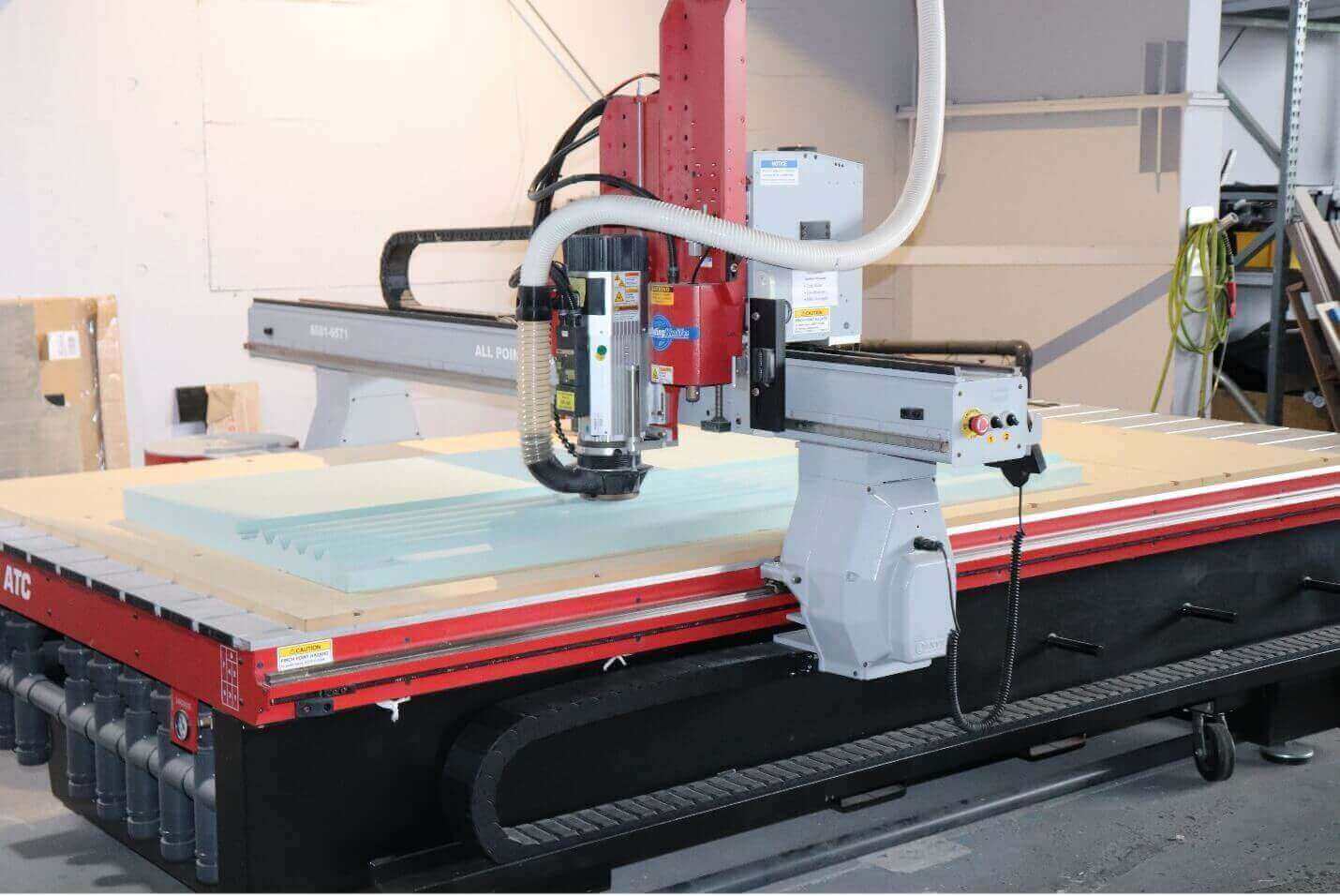The Future of Hotels: Digital Signage in Hospitality

The hospitality industry is undergoing a transformative journey propelled by technological advancements. One such innovation reshaping the guest experience is digital signage. Traditionally confined to advertising and information dissemination, digital signage has found a new home in hotels, revolutionizing the way guests interact with their surroundings. This article explores the burgeoning role of digital signage in hospitality, delving into its impact on customer engagement, operational efficiency, and the overall evolution of the hotel experience.
Enhancing Guest Experience through Personalization:
In the quest to stand out in a competitive market, hotels are increasingly turning to digital signage as a means of delivering personalized and immersive guest experiences. Digital displays in lobbies and rooms can dynamically showcase tailored content based on guest preferences, creating a more welcoming and engaging environment. This level of personalization not only elevates the guest experience but also fosters a sense of connection between the guest and the hotel.
Streamlining Operations and Communication:
Digital signage is proving to be a game-changer in operational efficiency within hotels. By replacing static signage and manual communication methods, hotels can streamline information dissemination to both guests and staff. Digital displays in common areas can relay real-time information about events, promotions, and facility updates. Furthermore, backend integration allows for automated content updates, reducing the workload on hotel staff. In the event of emergencies or changes in schedules, instant updates can be pushed to all relevant displays, ensuring that both guests and staff are well-informed. This not only enhances communication but also contributes to a more agile and responsive hotel environment.
Monetizing Spaces and Enhancing Revenue:
Digital signage software presents hotels with a unique opportunity to monetize their spaces in creative ways. From displaying third-party advertisements to promoting in-house services and amenities, hotels can leverage digital screens to generate additional revenue streams. In-room displays can be utilized for upselling room upgrades, spa services, or dining options, enhancing the potential for impulse purchases. Moreover, by strategically placing digital signage in high-traffic areas, hotels can attract local businesses for promotional partnerships, creating a symbiotic relationship that benefits both parties.
Adapting to Changing Guest Expectations:
As technology continues to shape the way people consume information, hotels must adapt to changing guest expectations. Modern travelers, accustomed to the convenience of digital interfaces, expect seamless and interactive experiences. Digital signage aligns with these expectations, providing a visually appealing and technologically advanced means of communication. Whether it’s touchscreen kiosks for self-check-in, virtual concierge services, or interactive maps guiding guests through the hotel premises, Signage ensures that hotels remain relevant and meet the evolving needs of their tech-savvy clientele.
Conclusion:
The integration of digital signage in hospitality industry marks a paradigm shift in the way hotels engage with guests and manage their operations. Beyond serving as a mere information dissemination tool, digital signage has become a catalyst for personalized experiences, operational efficiency, and revenue generation. As hotels continue to invest in technology to stay ahead in a competitive landscape, the seamless integration of digital signage is poised to define the future of hospitality, offering a dynamic and immersive guest experience that goes beyond traditional boundaries. Embracing this technological evolution is not just a choice but a strategic imperative for hotels looking to thrive in the digital age.





